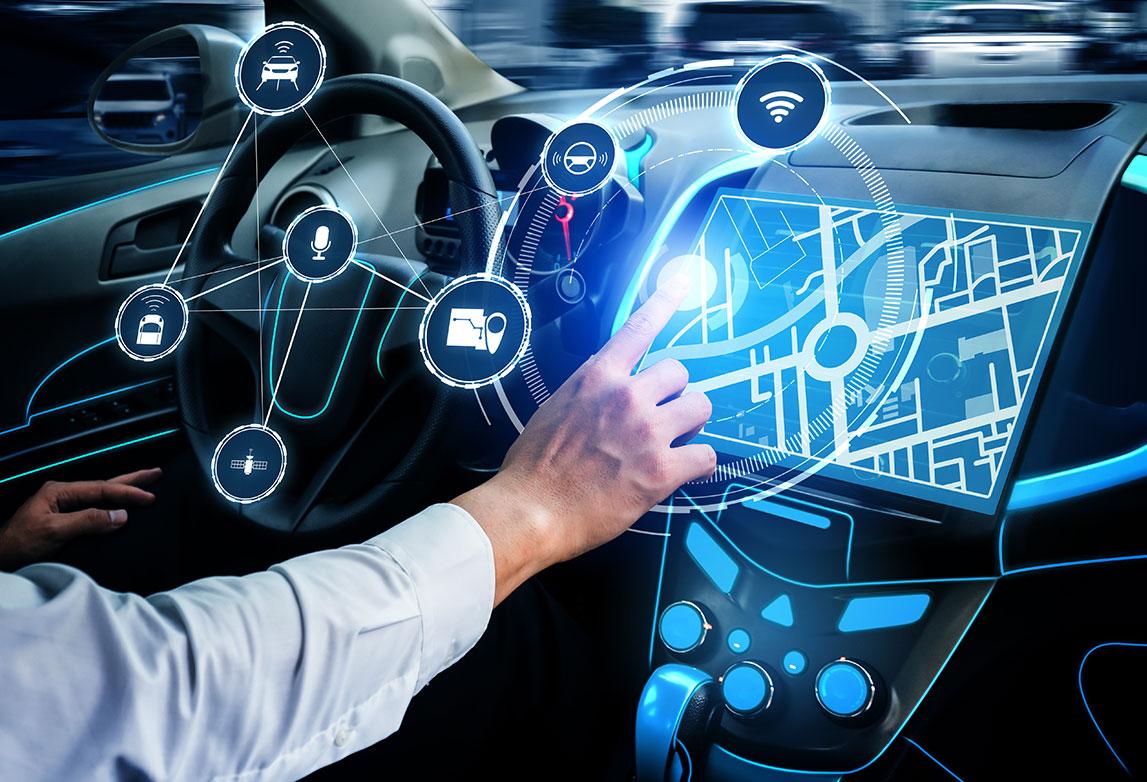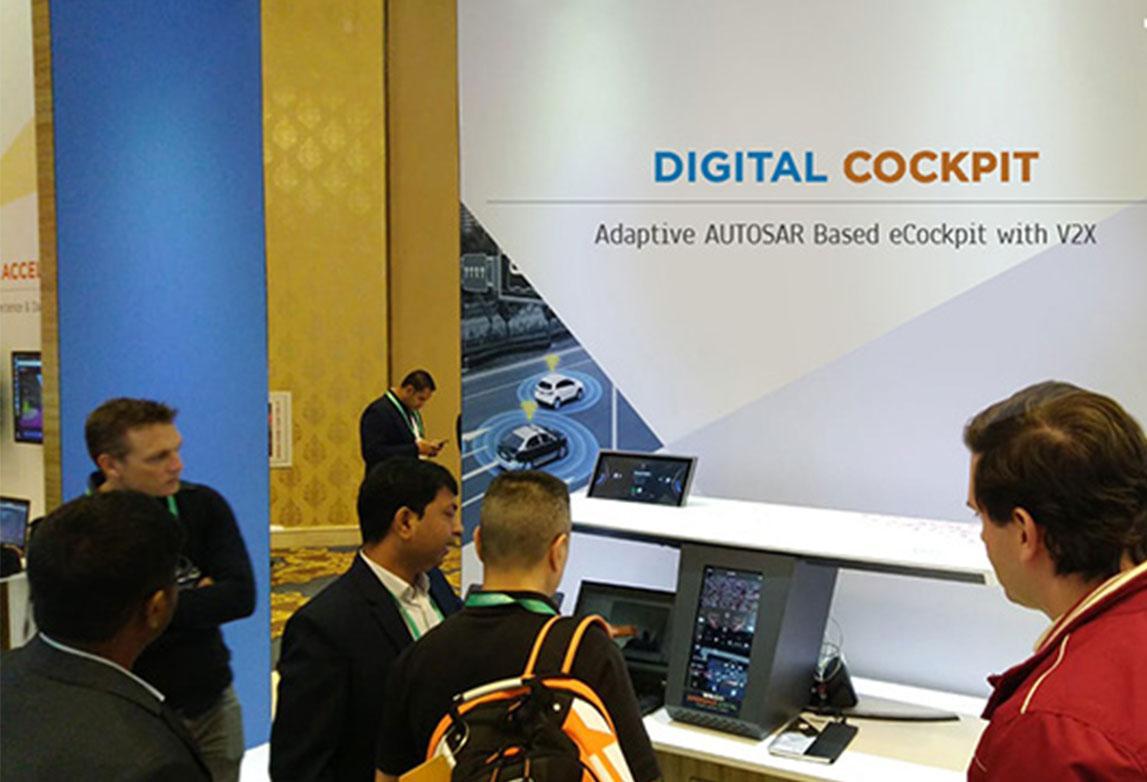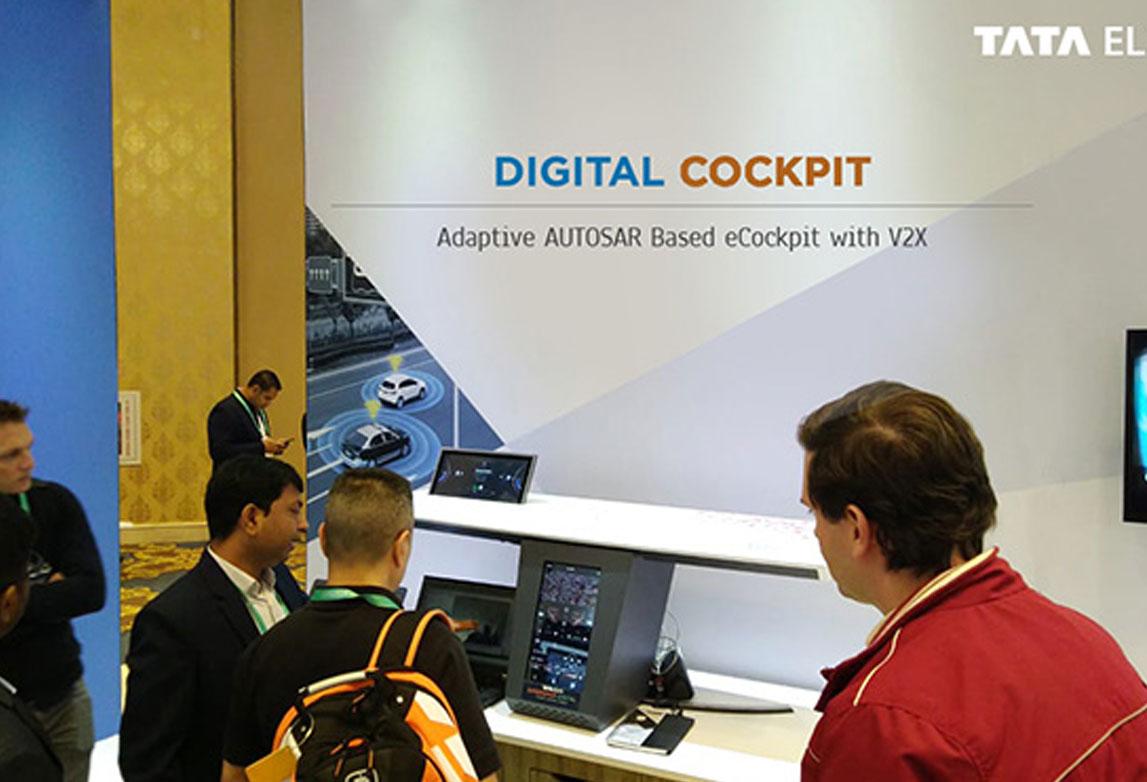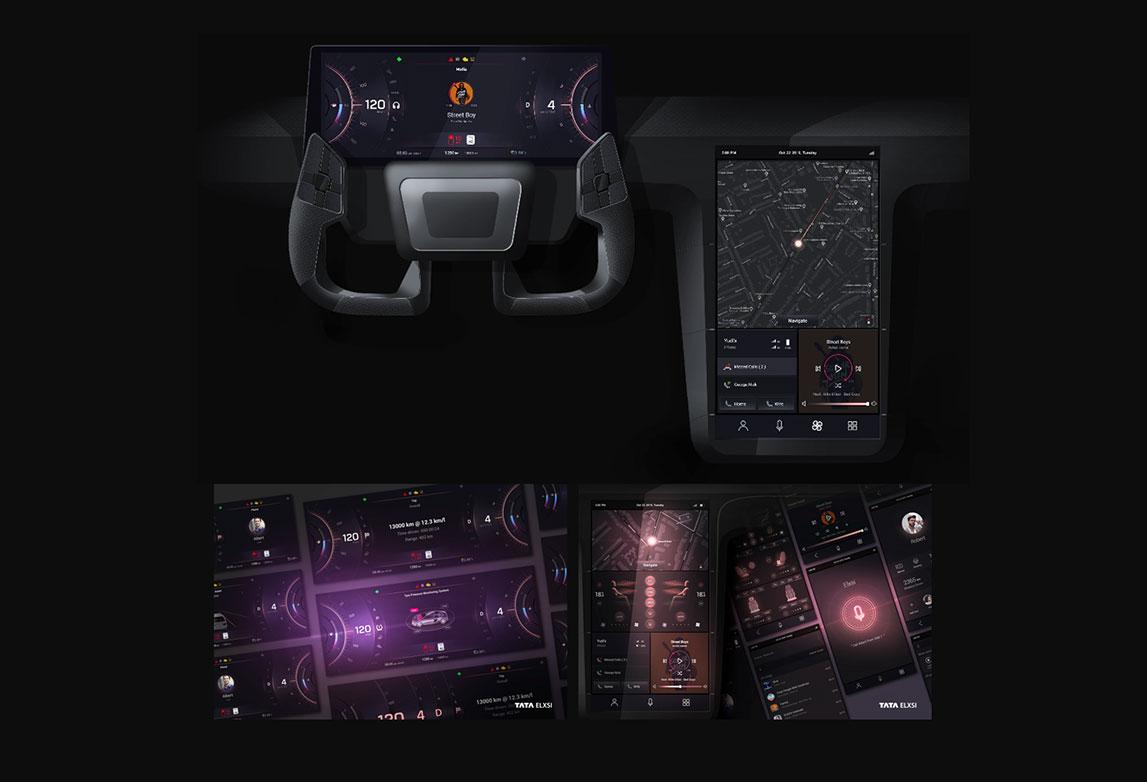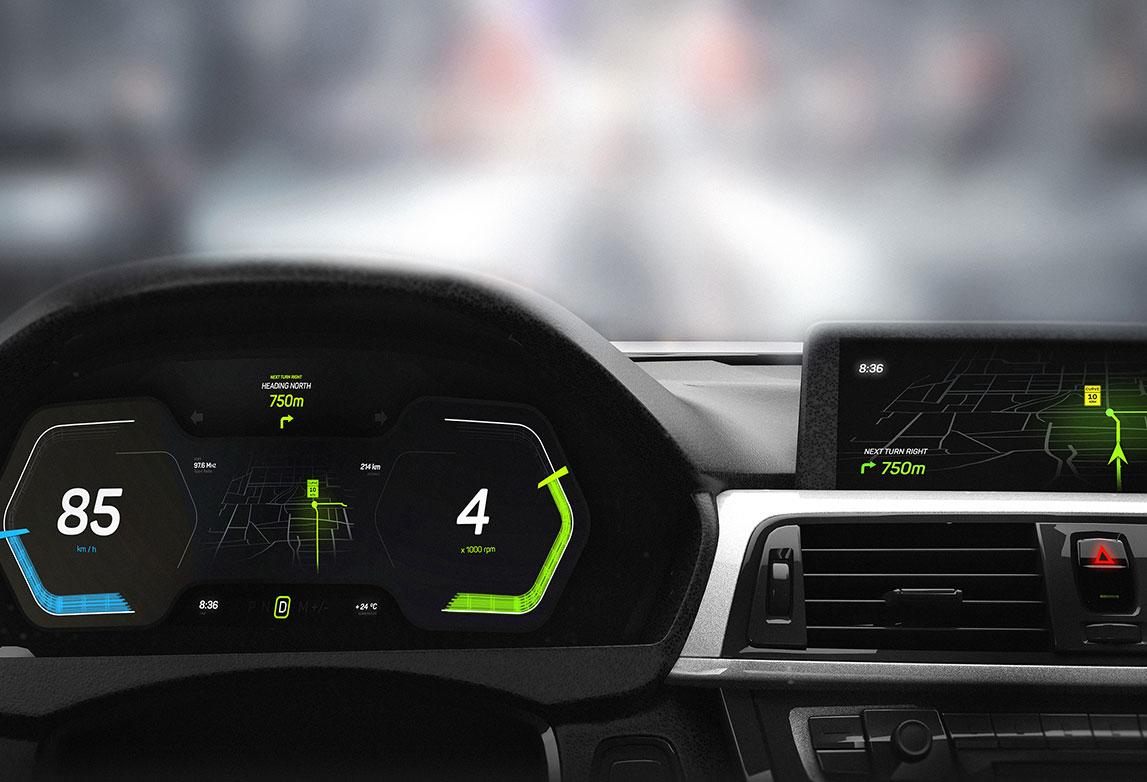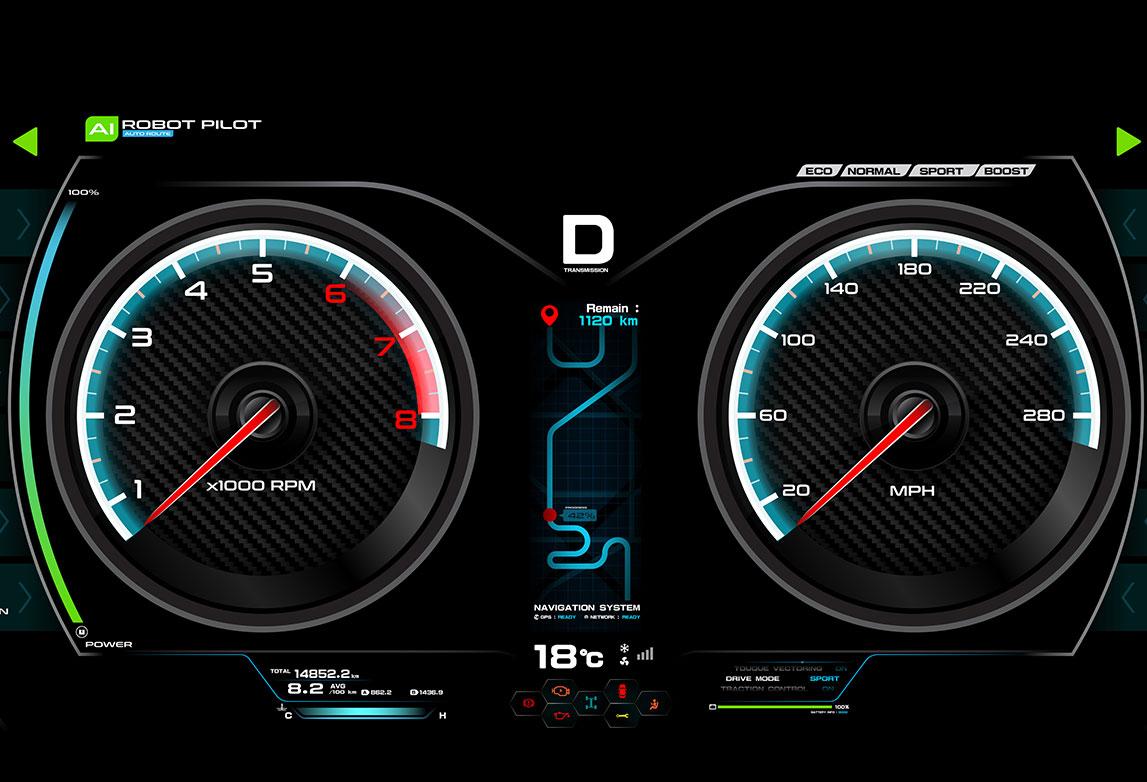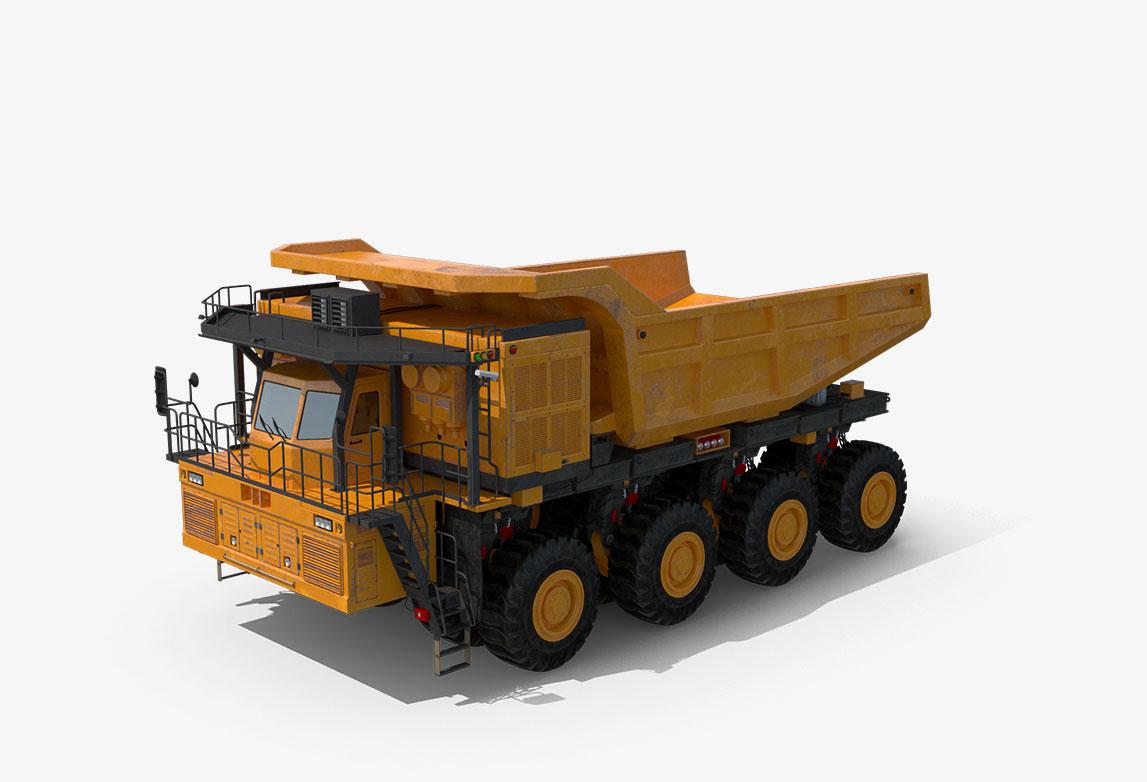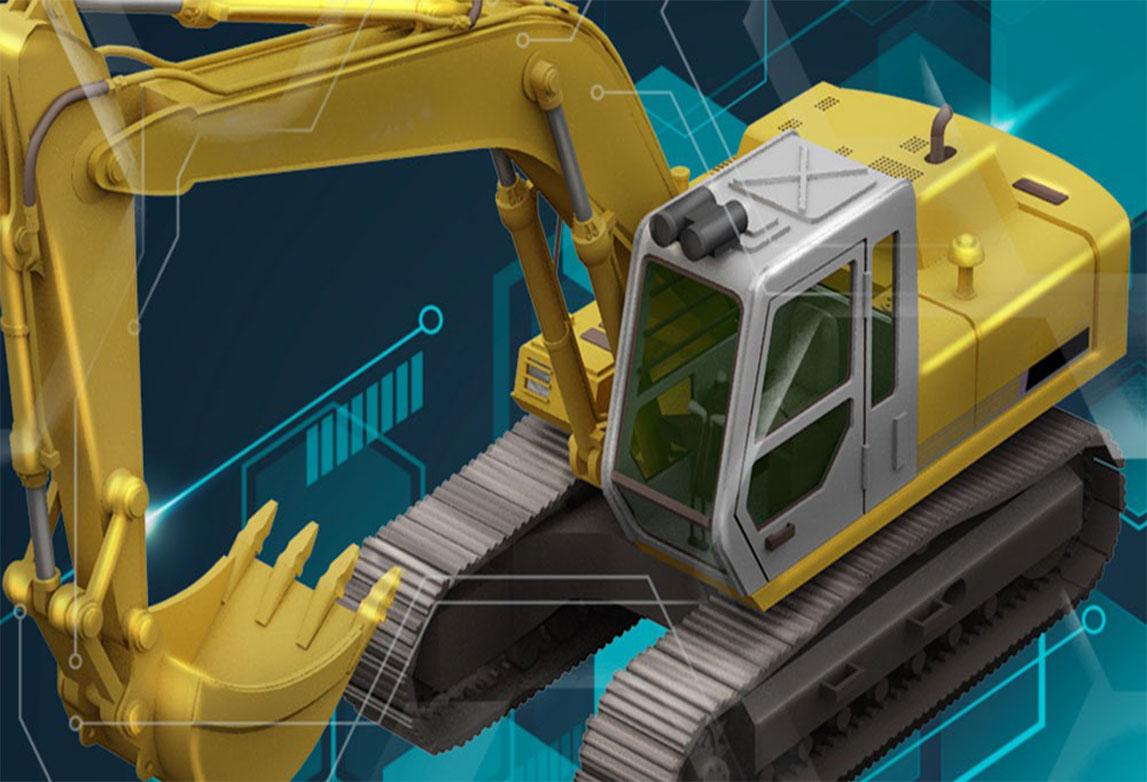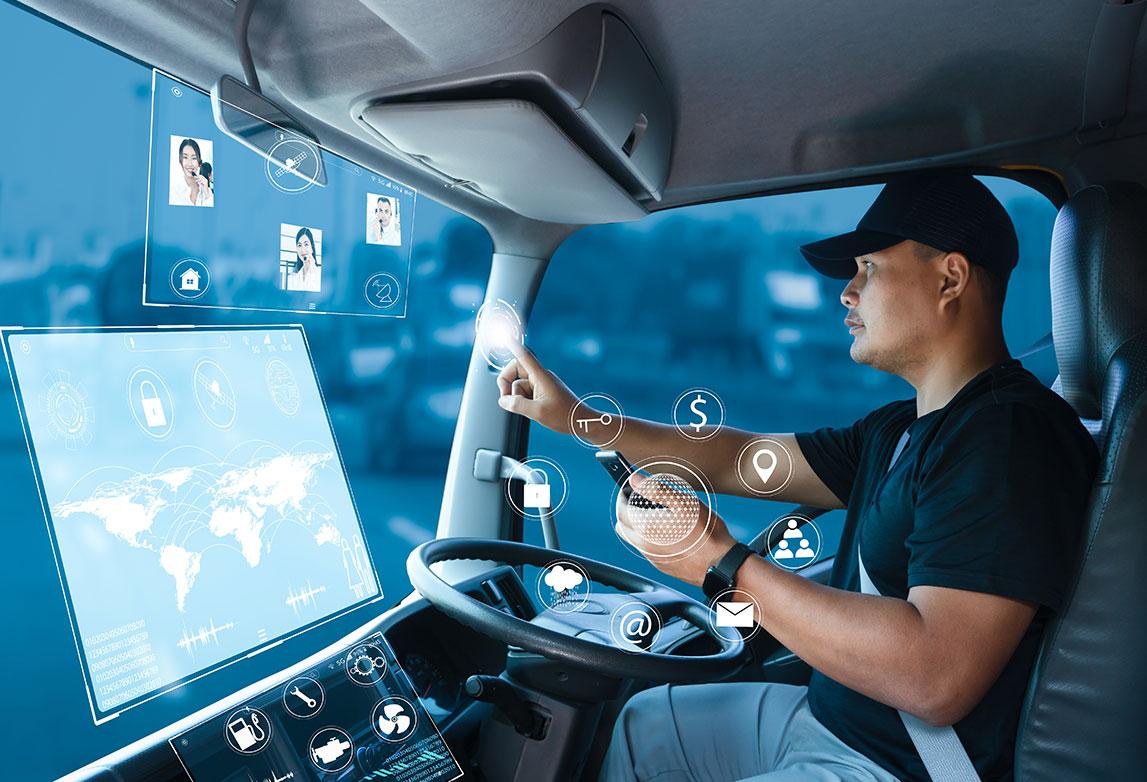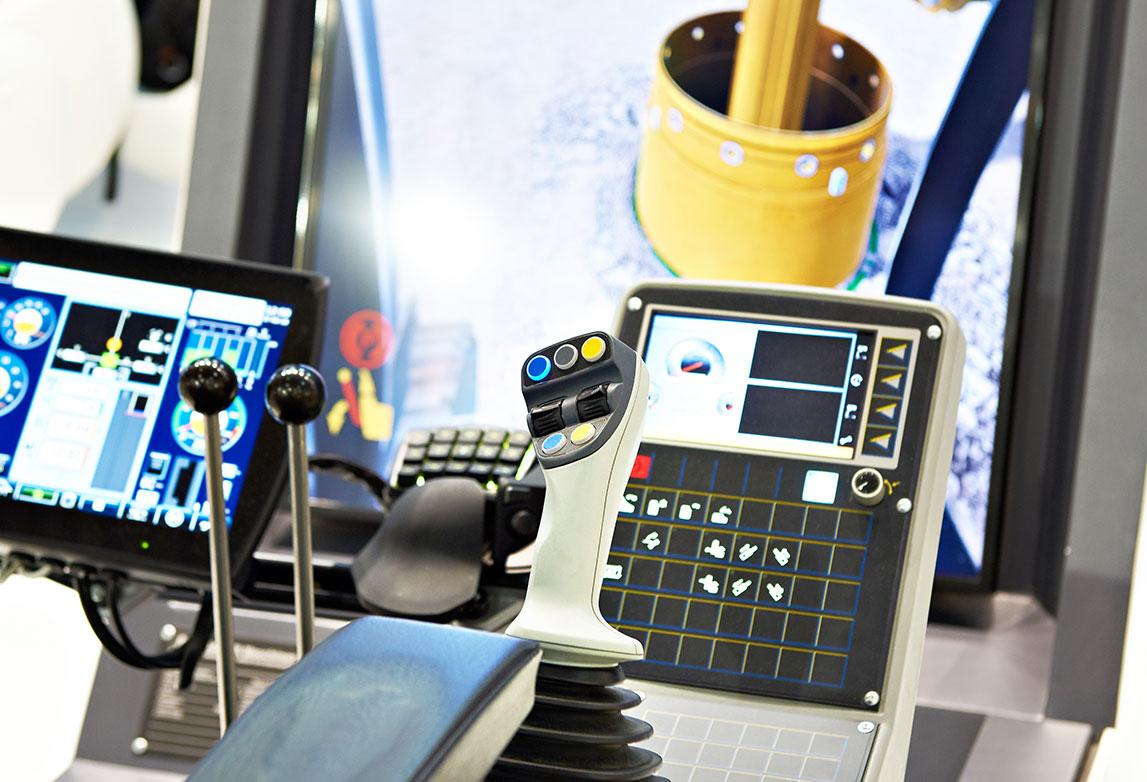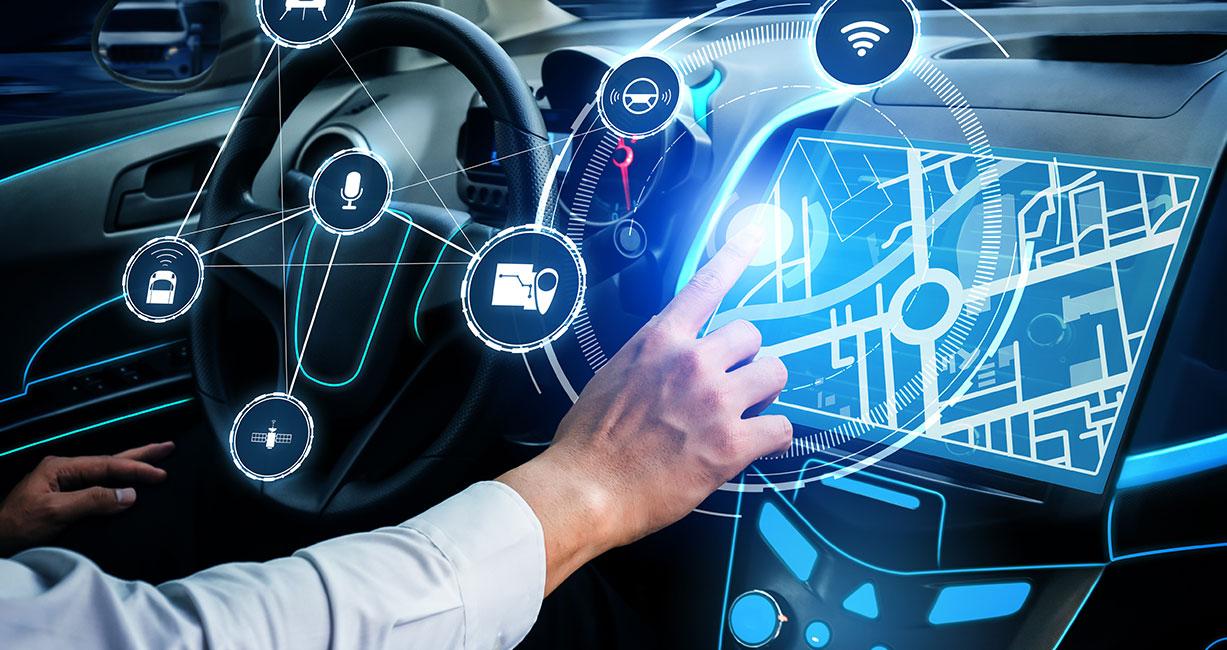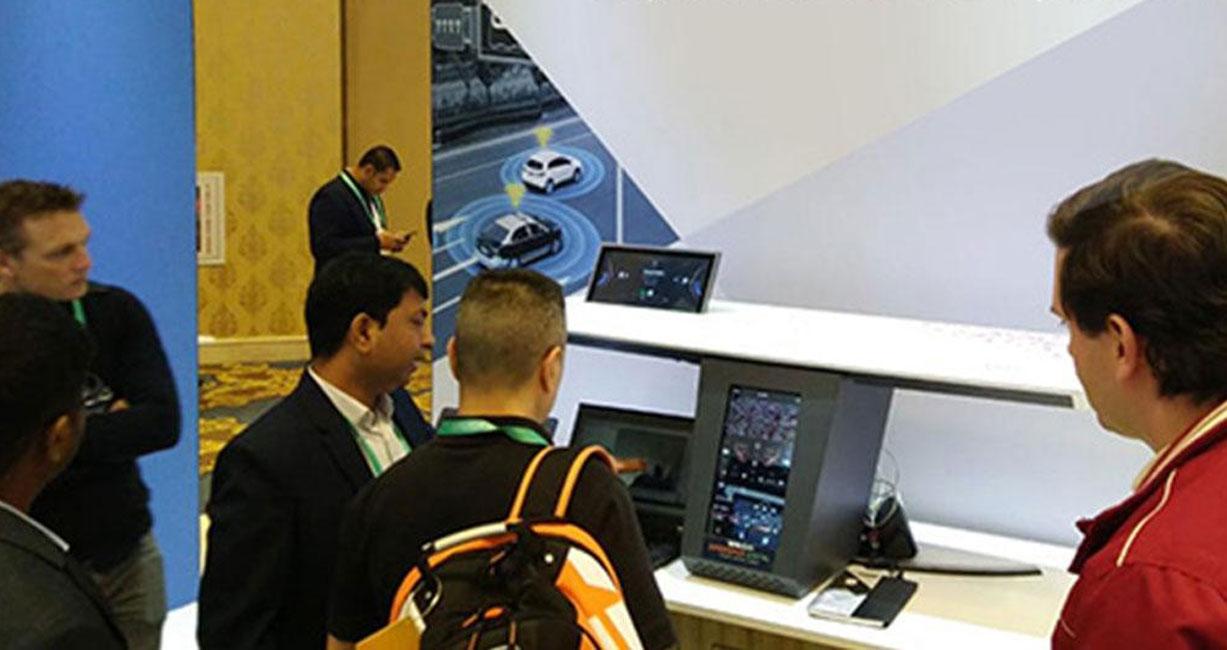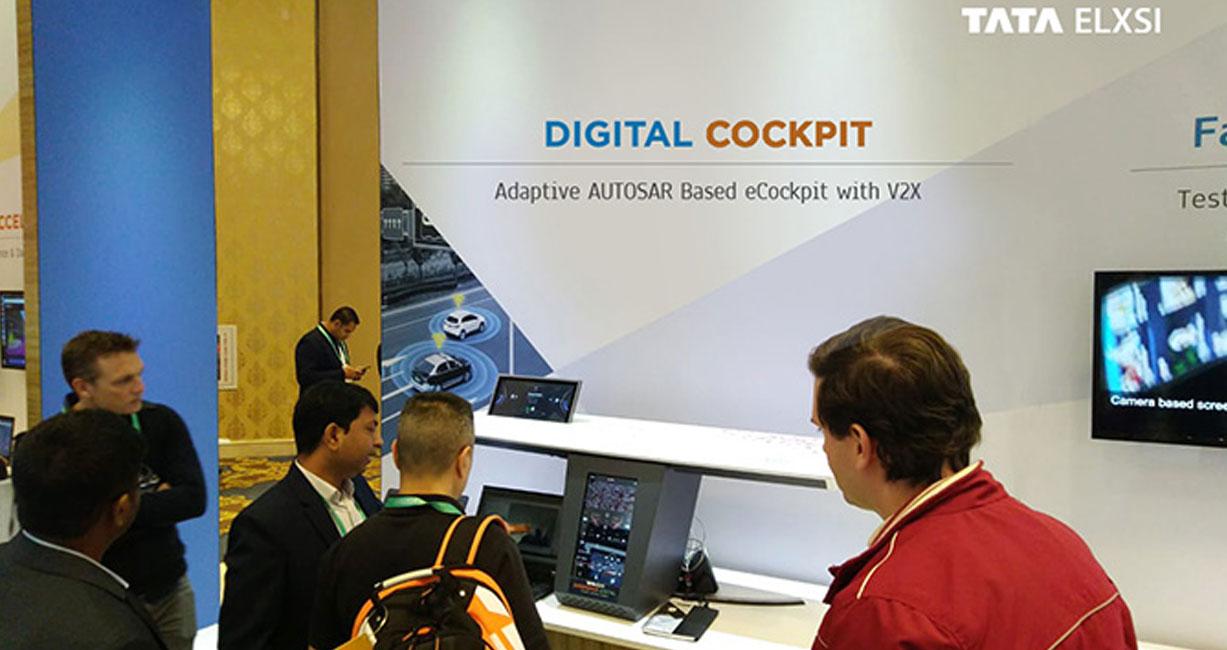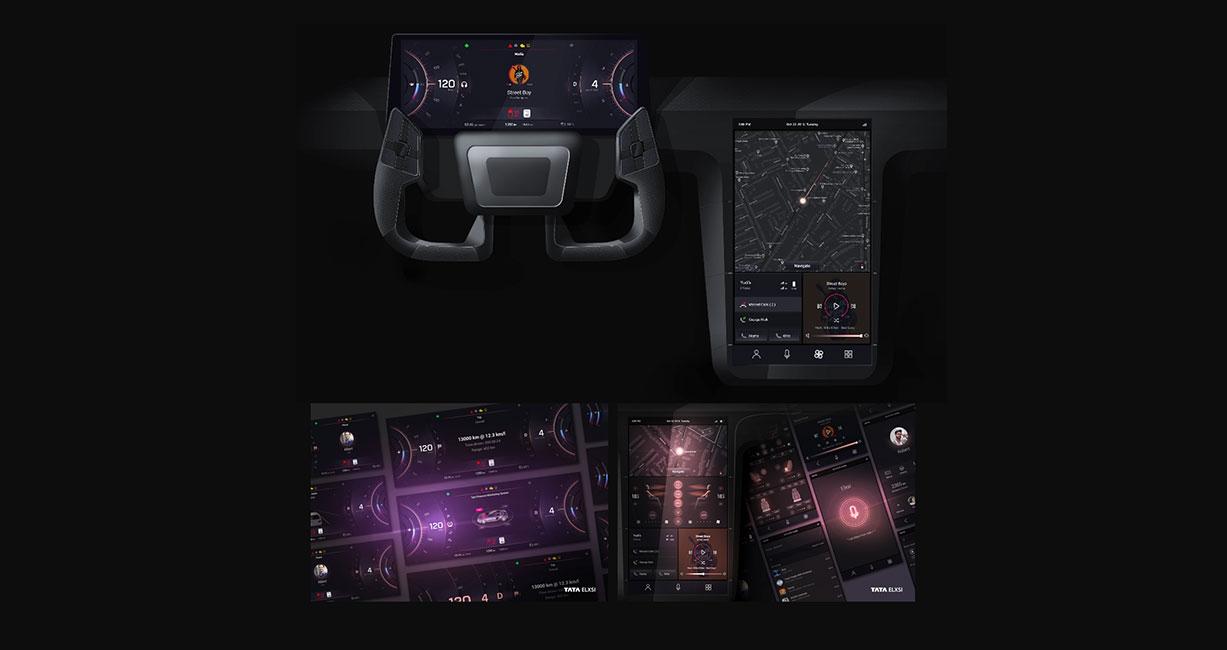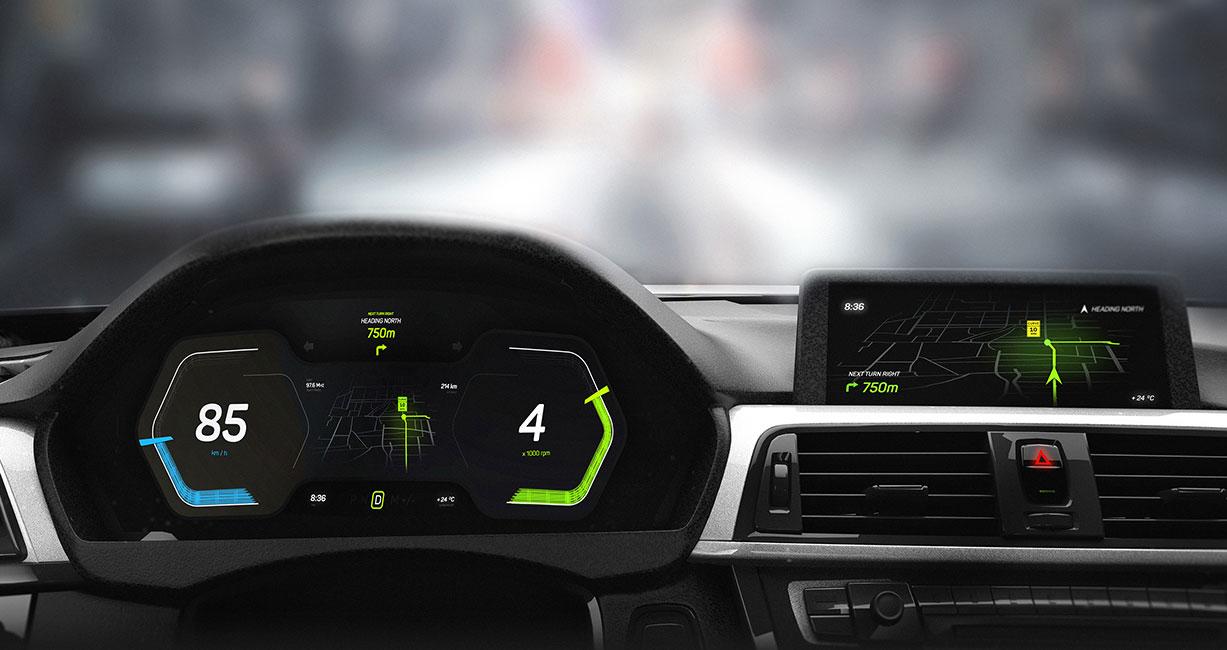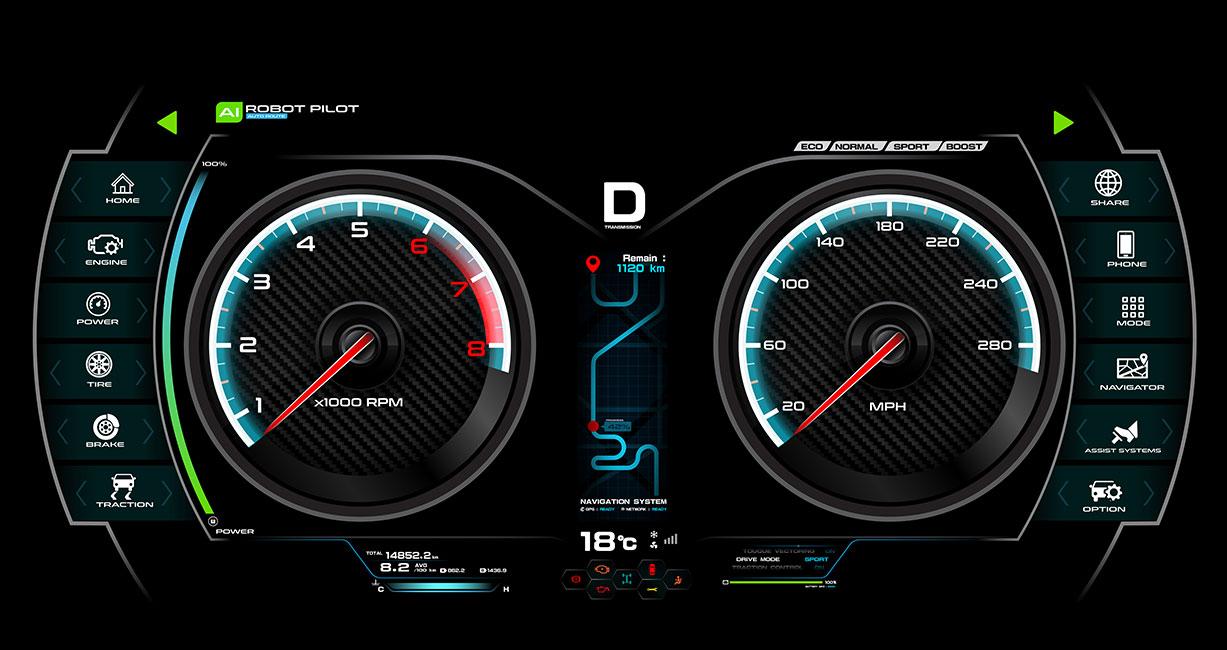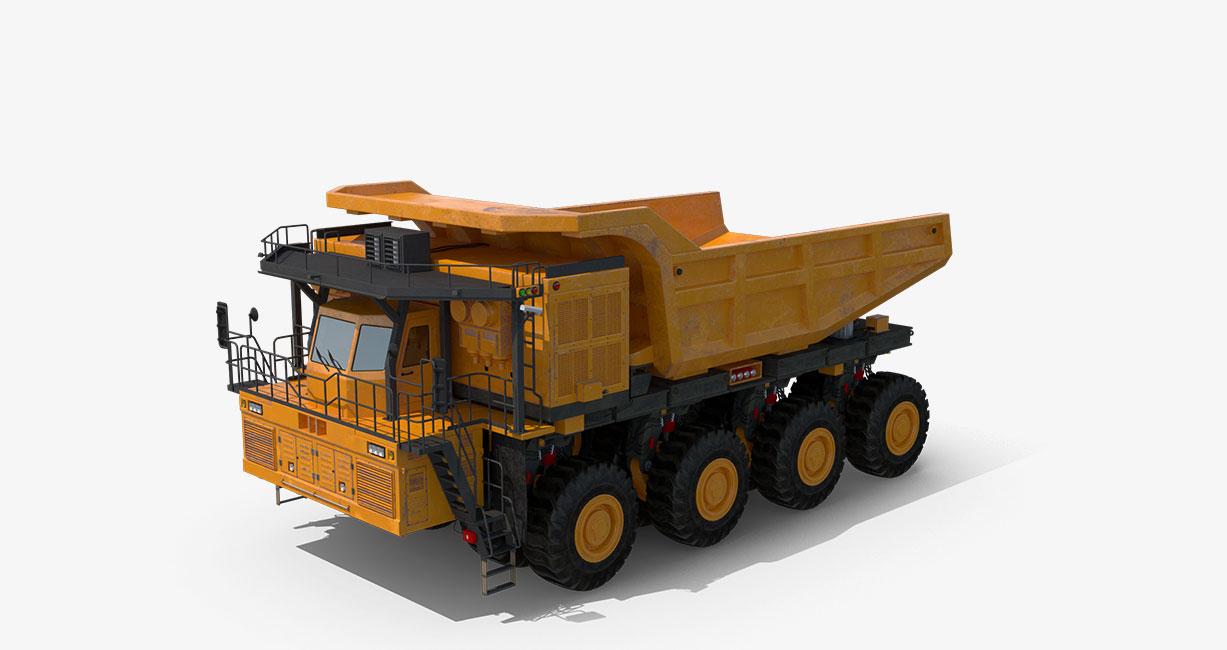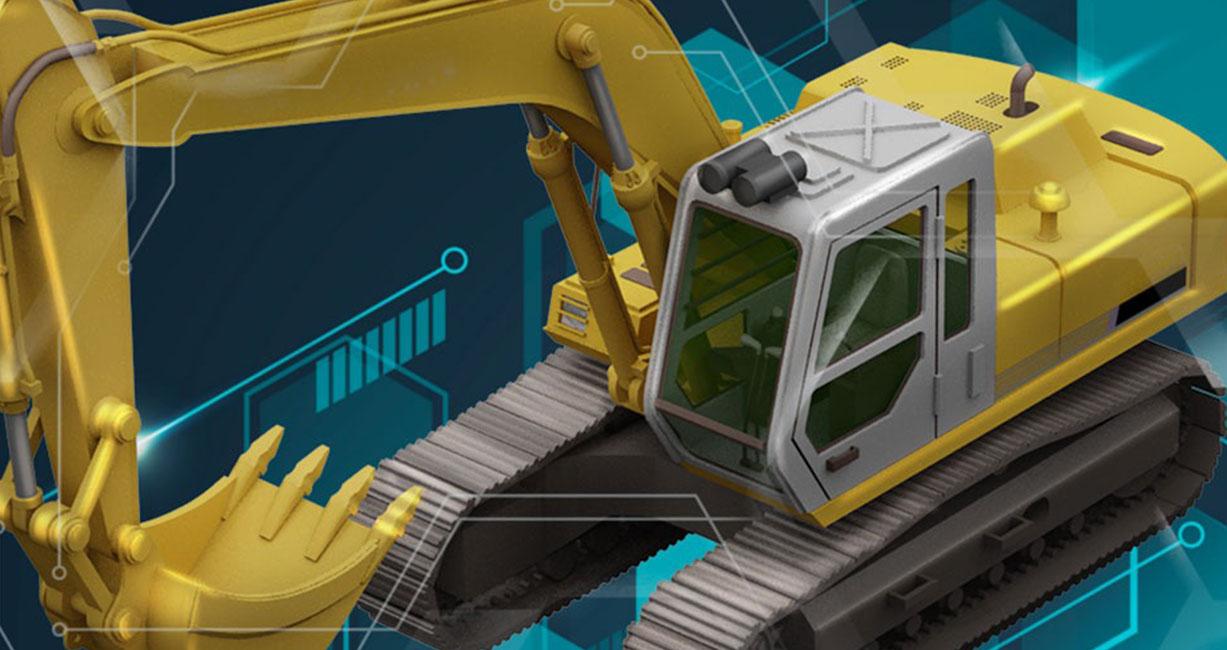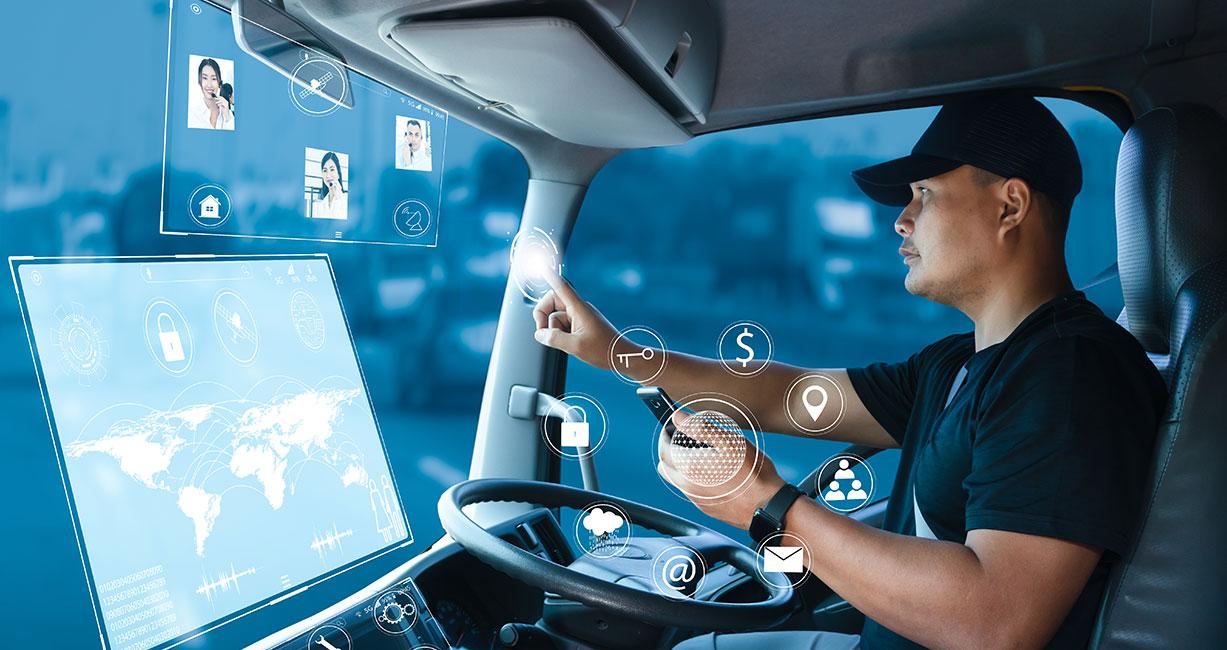Attention
This website is best viewed in portrait mode.
-
industries
- off highway equipment
-
Displays and Information
Displays and Information
Smooth | Intuitive | Futuristic
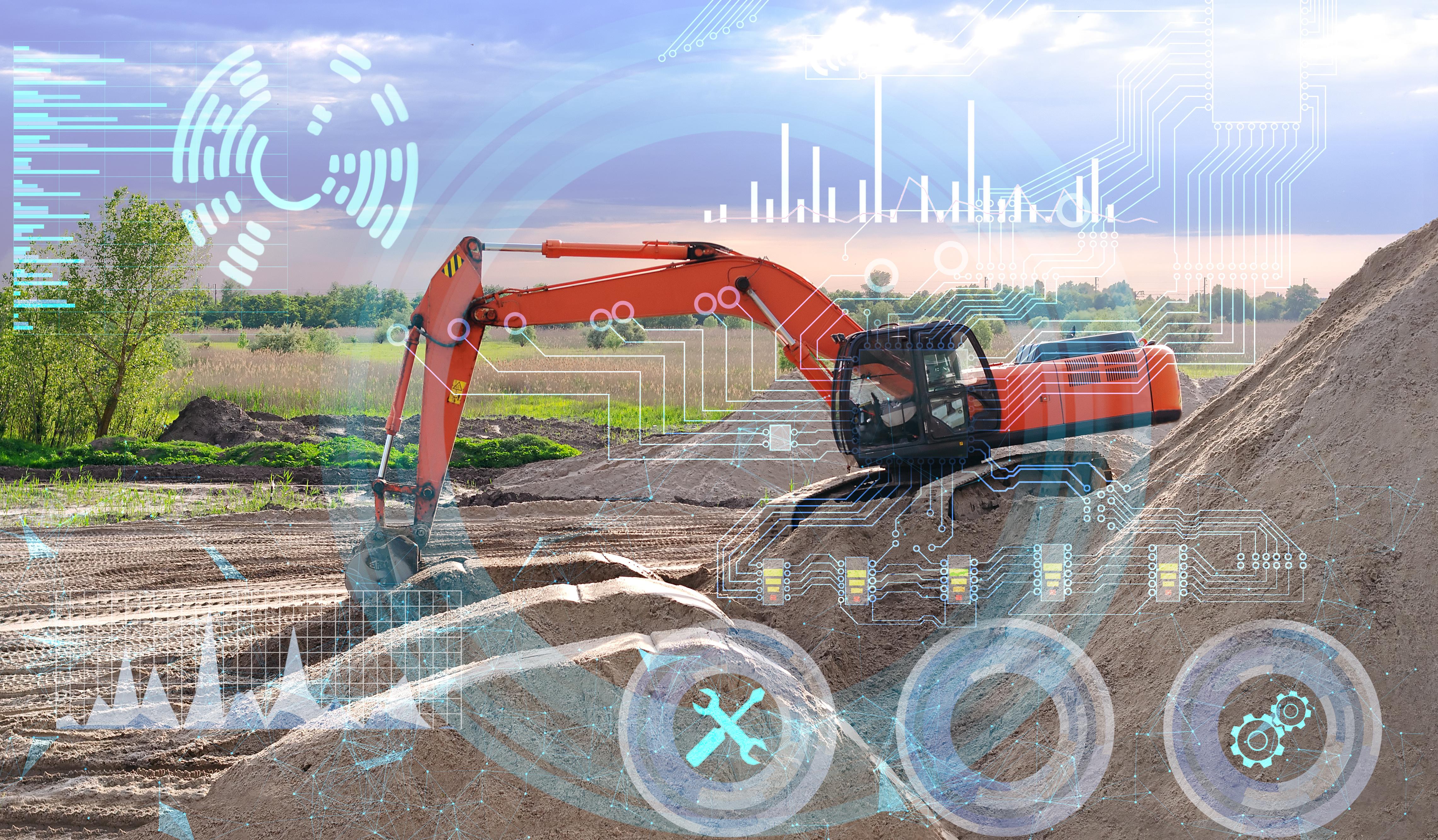
Displays and Information
Smooth | Intuitive | Futuristic
Trending
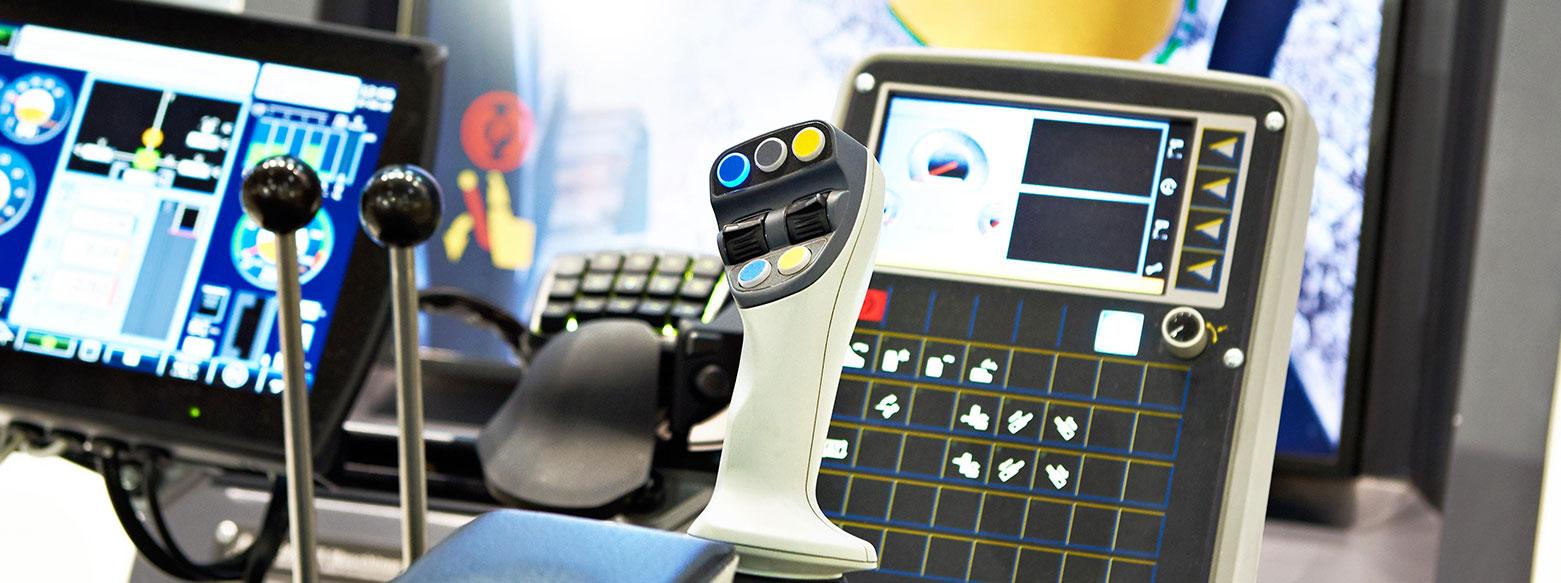
The global transportation HMI market, worth $11 billion in 2017, is expected to grow to $47 billion by 2024, at a compound annual growth rate of more than 12%.
The growing adoption of automation, connected technology, and the IoT in construction, mining, and agricultural equipment increases the significance of displays. As a result, they are becoming more prominent and holding more information helpful to the operator when making specific decisions.
Heads-up-display, AR/VR, and a central digital cockpit are becoming more essential ecosystem components. Through the application of AR/VR, visual information may become highly intuitive, allowing the operator to make sense of their surroundings quickly.
All of these trends where the displays are connected can offer an operator a smooth, cohesive experience.

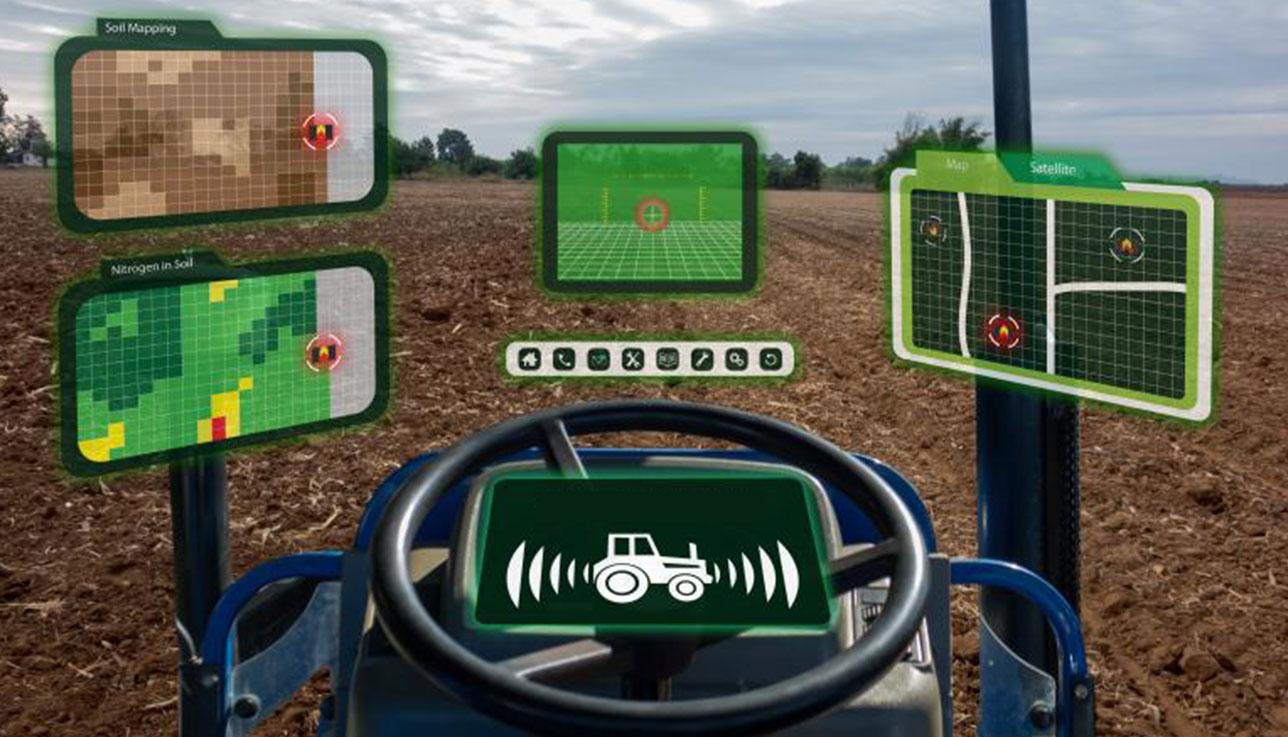
Opportunities & Challenges

Opportunities:
Ergonomics: Focusing on concept design of information system considering visual and interaction ergonomics to make a user-centric system.
Interaction Design(UI/UX): Integrating guidance on determining specific workflows and interactive elements necessary to support functionality requirements with optimal user experience.
Design for Safety & Trust: Focusing on providing understandable and usable information to the operator, thus creating a secure and trustworthy environment
Using AR and 3D: Helping design visualizations that can be very intuitive for the operator to understand better and make sense of surroundings.
Key challenges:
Information Complexity: Ensuring that the information conveyed to the driver is less complex and can be processed quickly by the driver, especially in stressful/busy situations.
Ease of Use: Ensuring that the information system is easy to interact with both physically and visually.
Intuitive Visualizations: Ensuring intuitive visualization for specific information to be understood in the least possible time and quickly by the driver.
Universal Design and Brand Language: Ensuring that the same user experience and mental models are considered across the vehicle line-up.
Promoting Trust: Ensuring that the driver can entirely rely on and trust the information provided.
Service Framework
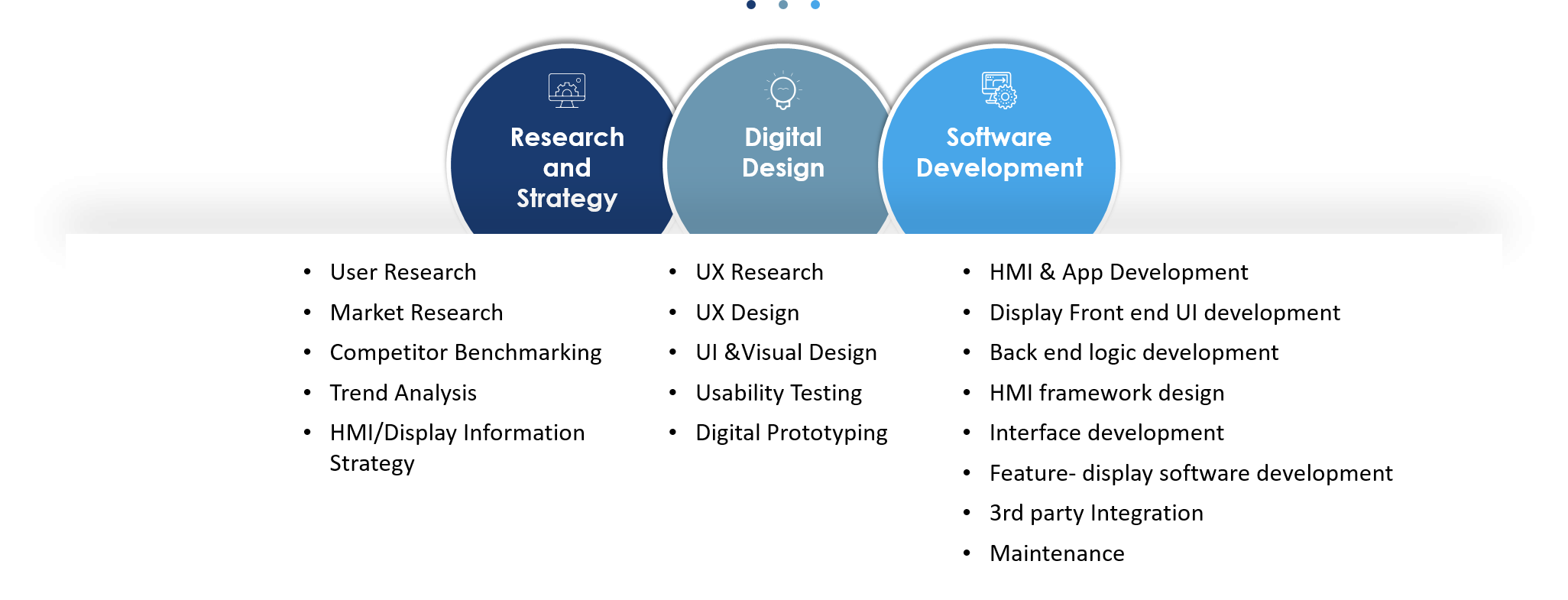
Differentiators
Research, design, technology, content development, and manufacturing support under one roof - Faster design execution and time-to-market.
Flexibility & scalability - Asia’s largest design house with highly scalable business models and long-term engagements
Design thinking-led services - We prioritize our customers and users and create focused design and technology interventions that result in better outcomes.
Expertise & experience - With industries converging, our multi-disciplinary experience helps to leverage cross-functional expertise.
Advanced in-house prototyping facilities and infrastructure - Confidentiality of designs delivered and shorter execution time, collaborative/agile processes.
Benefits
Reduced turn-around time
Due to extensive experience in Automotive HMI design and development across numerous vehicle segments leading to faster project executions.
Up to 20% reduced cost.
End-to-end solutions (research, design, and development) under one roof reduce overall costs.
Pre-defined UX frameworks reduce the need for work from scratch and hence reduce costs.
Advance HMI & Graphics Expertise
Minimize the risk of failures by digital prototyping and simulations.
Incorporating human factors design guidelines and digital ergonomics to enhance the experience of the operator.
Subscribe
To subscribe to the latest updates & newsletter




